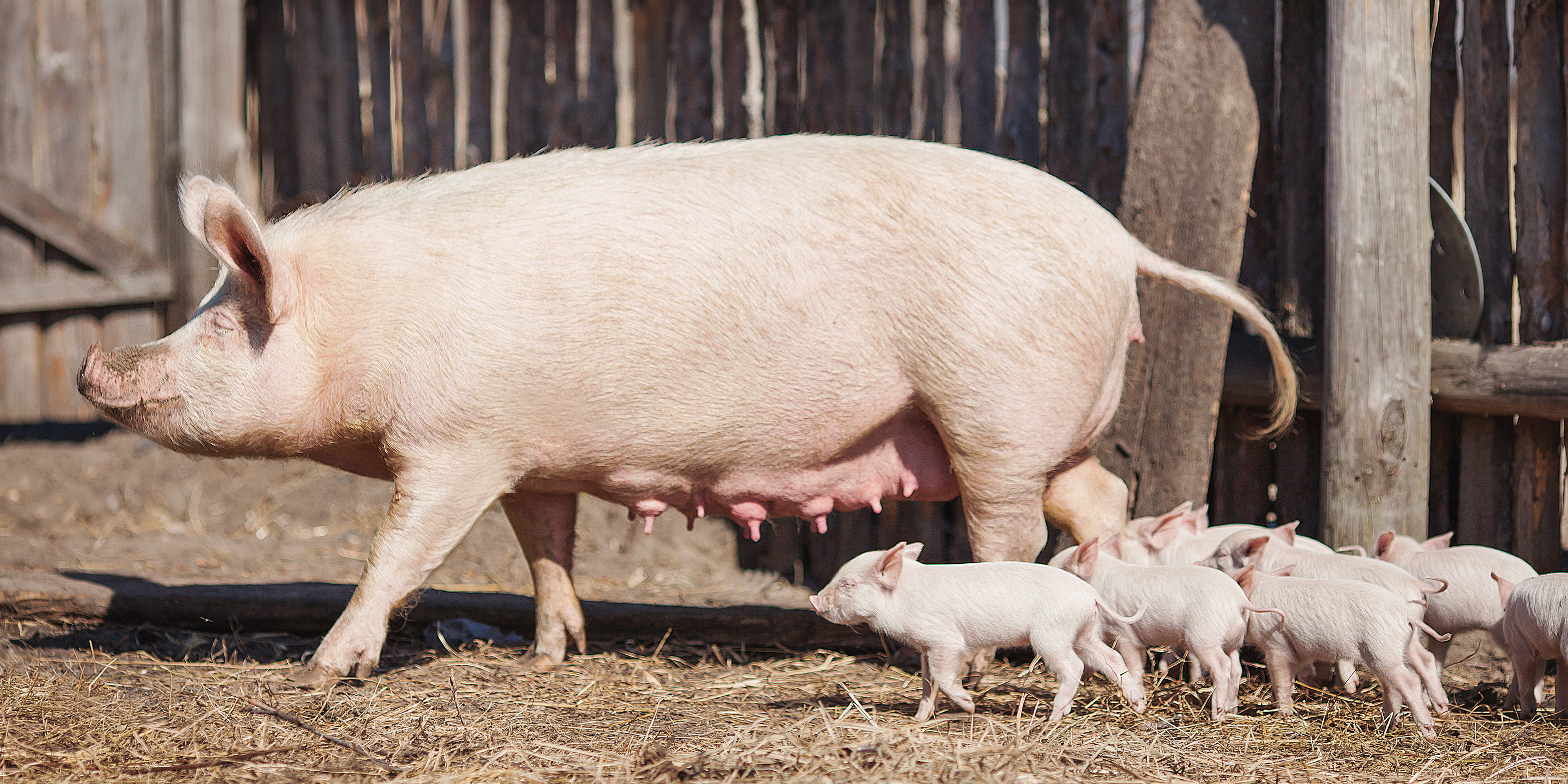



Scoring shoulder ulcers in breeding sows
New paper in Porcine Health Management explores the possibilities of grading skin lesions on clinical examination of breeding sows.
Authors Daniel Meyer, Marion Hewicker-Trautwein, Maria Hartmann, Lothar Kreienbrock and Elisabeth grosse Beilage
Background
Shoulder ulcers in breeding sows that are restricted to the superficial skin layers, epidermis and dermis are usually classified as insubstantial animal welfare-related lesions. These less-severe lesions need to be differentiated from more-severe wounds that also involve the subcutis and the underlying bone, commonly evaluated as substantial animal welfare-related lesions. Scoring schemes based on clinical or histopathological findings are available, but the consistency between both types of findings has not been definitively evaluated. The present study was designed to compare clinical findings for various stages of shoulder ulcers with accompanying histopathological evaluation. A validated histopathologic score (Score-H) classifying the tissues involved in the different stages of shoulder ulcers was set as the reference standard.
Results
Testing the histopathological scores for associations with various clinical findings resulted in a clinical score (Score-C) that could be segregated into four stages. Stage I is characterised by intact skin without any ulcerative lesions. Stage II, representing ulcerative lesions restricted to the superficial skin layers, can be predicted with a probability of 90% when a scab with diameter less than 1.2 cm is present. Stage III, representing ulcers involving the entire skin and sometimes the underlying bone, can be identified by the diameter of the scab (DOS) and/or proliferation of wound margins (powm) and/or increase of tissue volume (mass). To achieve a probability of 90%, the DOS needs to be 8.3 cm when mass and powm are absent. DOS, when accompanied by powm and mass, needs to be only a minimum of 1.9 cm for a correct classification with a 90% probability. Stage IV represents skin without open wounds but with scar tissue indicative of a former shoulder ulcer.
Conclusions
Based on the association with the histopathological findings as the reference standard a clinical score (Score-C) for the categorisation of shoulder ulcers in sows was developed. This score enables veterinarians and farmers to discriminate shoulder ulcers restricted to the superficial skin layers from ulcers involving all skin layers and sometimes even the underlying bone, which must be assessed as substantial animal welfare-related lesions.








